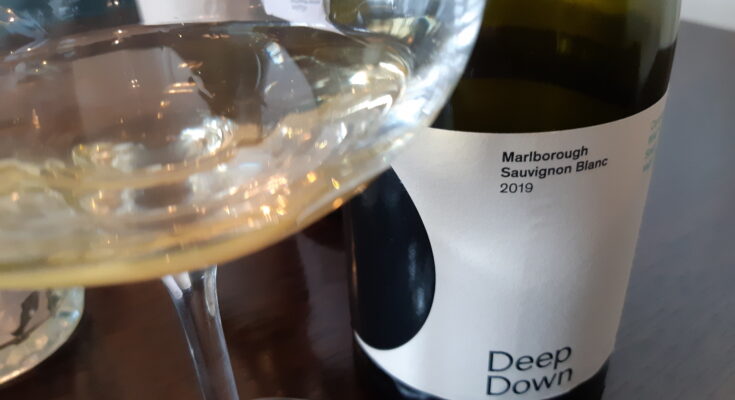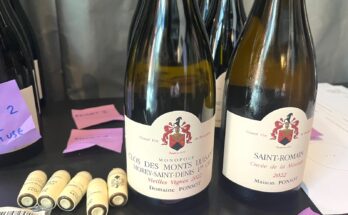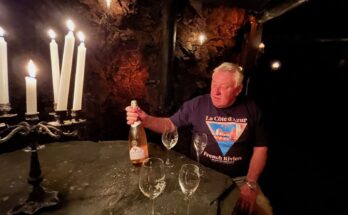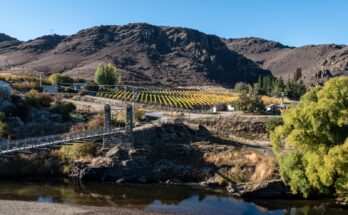WineFolio talks to one of the newer labels in the New Zealand section of your local restaurant wine list – Peter Lorimer and Clive Dougall, of Deep Down Wines.
WineFolio: How did Deep Down Wines come about – what’s the background to it being founded?
Deep Down: We met at an opportune time as we were both looking to start a new project to celebrate distinct and delicious wines within an ethical and transparent business model. Clive had been Head Winemaker at Seresin for twelve years and Peter was finishing his export consultancy the NZ Wine Portfolio.
There are complimentary skillsets and we then hung out and found we both loved organics, balanced low-intervention wines, and the ocean.
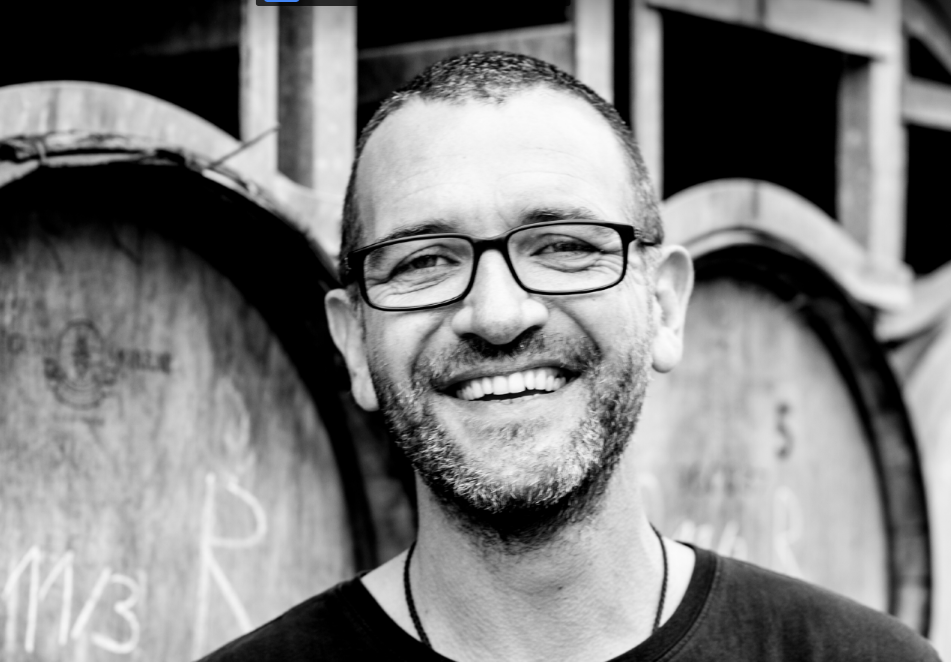
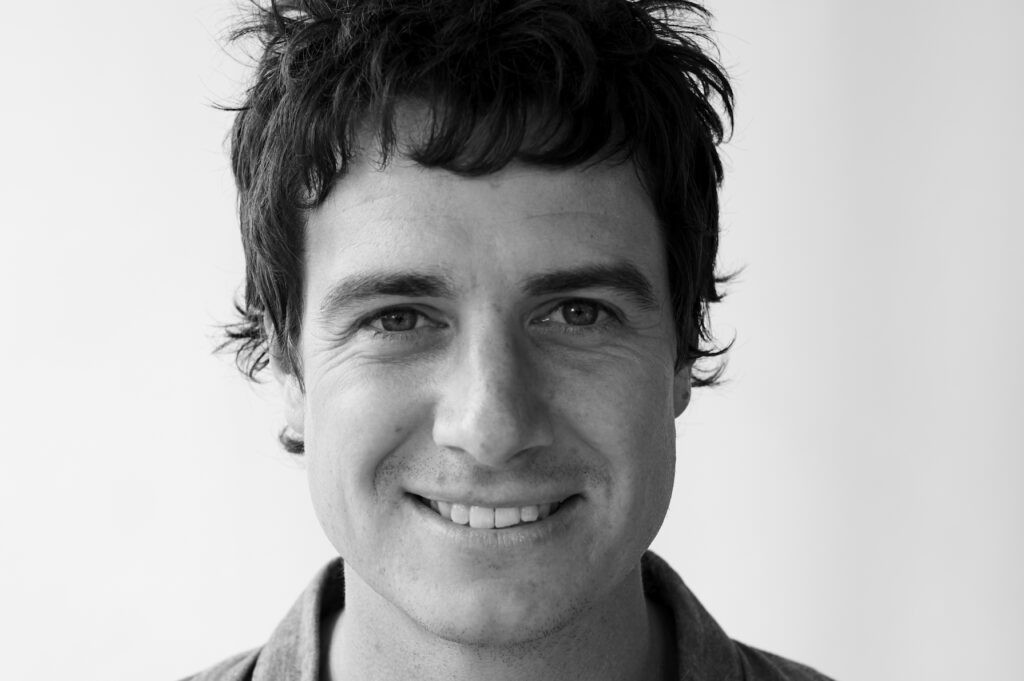
We also both have daughters with the same name so it was meant to be! The name Deep Down was born as this simply means to follow your gut feeling and intuition and this is how we wanted to set up the company and work. It flows through everything we do from growers to distributors or outlets we work with, and is reflected in our winemaking decisions.
We founded at the right time as well. Ten years ago consumers though organics was a bit wacky. People farming organically they thought there would be spiders in the wine and you’d have to have dreamcatchers around the house. The modern consumer is engaged with organics – they care about it and there’s a deeper understanding of it.
WF: How do you approach selling your brand (and wine) as a new label – how will you get people to try a wine that’s new?
DD: We simply approach places where we’d like to eat or drink or buy wine. Typically these are run by good humans who champion small batch wines and they talk to their customer about new experiences. We have been incredibly lucky to date and are working with many amazing operators around NZ. It will take time for people to get to know our name/brand, but this is project is until retirement so we have time on our hands.
We came at the project looking at where we want to be in 20 years time. We don’t want to buy an island, we want to be able to afford a vineyard one day, and who do we want to work with? Is it supermarkets or restaurants – what environment do we want to be in?
So we want to work with great restaurants, with good food, and that’s where we want to play. Let’s build something that’s acceptable to those restaurants. They should be able to pour the Sav and the Pinot, and we’ve got an Arneis – all by the glass. We need to be premium, as we need to be able to pay the bills. And make wines that are delicious but are also starting new conversations. We also went to international distributors – to Australia, and Hong Kong, US and UK. We saw the ‘natural wine’ and organic producers distributors, and a lot of them said “they’re not weird enough, they’re not shouting enough”
And very traditional importers said to us “they’re not classic enough – it doesn’t scream kiwi Sauvignon Blanc” But then we found the right people who we’re working with “we get this, there’s a new conversation here” Being able to offer a new conversation on a wine that sommeliers are perhaps tired of, that they can be proud to present at the table, is a real opportunity. Everyone’s wines have a place and classic Marlborough SB is one of the world’s biggest success stories, we are simply offering our take on Marlborough.
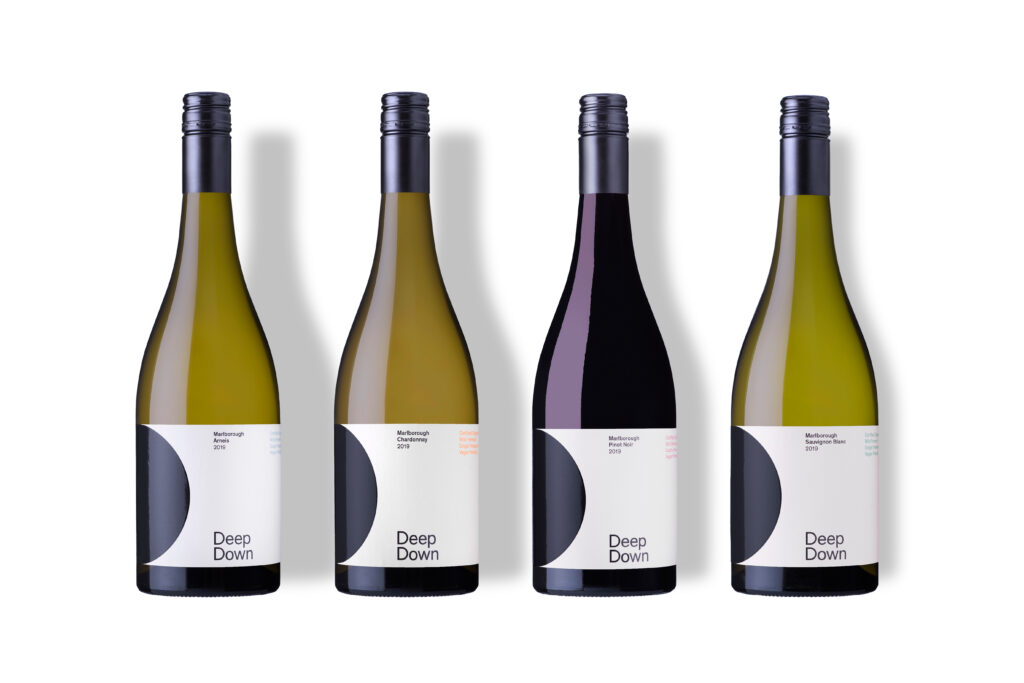
WF: Is there anything unique about the wines you’ll produce?
DD: For us, the pinnacle of winemaking is to take beautiful raw material and do as little as possible to it, allowing the final wine to express the site and season. This is honest and offers an authentic drinking experience. Reading back this may sound a little simple and even cliché, yet unadulterated and adjusted wines are still hard to find. Many people are experimenting which is exciting for the industry and consumers.
WF: Can you tell us a bit about your winemaking style? Wild ferments? Natural wines? Spiders? Sulphur? Oak influences..
DD: All wines are single vineyard, wild fermented and the whites are grapes and touch of sulphur, our Pinot Noir is simply grapes in a bottle (additive free). The goal is delicious and thought provoking with little to no additions.
With our Chardonnay – its 2.5 tonnes. The sauvignon was quite serious for Clive to make, in that he used to have big numbers – Seresin are now making 50,000 cases – lots of different ferments, lots of different tanks and barrels. Now with us he’s got one block, one parcel of grapes. There’s nowhere to hide. When you’re making big volumes and something goes a bit weird, you can make it disappear. With this you’re completely exposed. First year working with the fruit – it’s probably the central place for biodynamics now in the region. The John’s are doing the courses, making their own preparations, burying the cowhorns which is the end of the process – you’re there. The Clone 95 is a bit leaner, higher acid, nice tropical notes but doesn’t have the richness that Mendoza has. We don’t use reductive winemaking as well. We work on harmony and balance again. Full Malo. We press then put it all back in together.
If you take the free run and the pressings, let them ferment and evolve separately and then try and blend them back together – it can be challenging to make that seamless with tiny volumes. We feel together ends up with a more harmonious wine at the end. Normally a wine comes to bottle really jumpy. Our idea was that we don’t want that – we want the wine to be relaxed, and so if you don’t use sulphur and do use ambient ferment, the wines feel like they’ve evolved in the cellar.
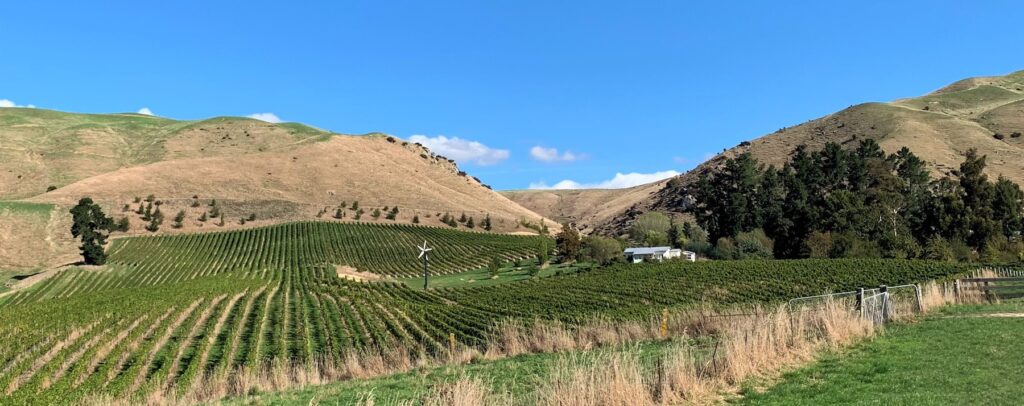
When me and Clive first starting hanging out we both had a love affair with Beaujolais cru, northern Rhone, northern Italy. A lot of wines that were very finely balanced, refreshing, wild aromatics. Clive used to make eight different Pinots at Seresin, and making a sulphur-free Pinot for a few years. Used to experiment with different clones, parts of the valley with different soil structures. Lots of different ferments, and over time learnt that if something’s loaded with fruit, like a modern Dijon Clone, and you don’t wrap it up in preservative – often you see fruit maturing quickly and the wine can appear lazy.. We chose 10/5 which is a pretty uncool 30-year old clone, and that’s got really good natural preservative qualities.
It’s 400 cases, so reasonably small. The Sauvignon Blanc one, has different seams through it, so you’re getting different fruit characters and it’s hard to get the pick right. The Pinot has soil that’s consistent throughout. Big berries with brighter aromatics, and smaller berries are bit more nuggety and dark, so a bit of ying and yang in there.
The Arneis is 80 cases. Clive was at Seresin who buy from lots of different people as well as having their own vineyards. And there was one vineyard called Tua Marina, and Franzi and Lex had a block of Sauvignon Blanc, right next to the Wairau – you could throw a tennis ball into the river. Super stony, very greywacke soils rather than silty or clay. And they also had ten rows of Arneis.
We are incredibly lucky to receive these grapes! The Arneis we can’t grow in size until we plant more – our other vineyards we have a three year growth plan for each, to double our volumes each year. We didn’t do that this year – we were meant to go to 3000 cases, but literally we were about to pick just as Covid was kicking in, so we pulled back to 2000 cases.
WF: Any whole bunch? I’m not getting that? Because it seems, again, to be quite polarising. Not, I think from the consumer – who possibly doesn’t know, or understand. They may pick up a green, sappy or cinnamon character. But amongst winemakers? There are those who use it, and then some who wouldn’t want that character in the wine at all?
DD: No, this is completely destemmed. It can be very lifted, and impressioned. I liked WB in the past. In the UK I loved Dujac wines and they used 100% whole bunch. It depends on the site and the wine, and for us we wanted to keep it really pure – keep that fruit purity. There’s definitely earth and spice and a bit of shadow there. And whole berries, so there’s probably some in-the-berry carbonic, because there’s definitely a lift there. You’re picking up the berries and tasting and there’s a bit of a pop. Aiming for something raw, refreshing, wild. Sulphur-free wines are untamed, so they’re moving – they don’t sit still. A new kind of drinking experience. In Sydney, New York, London there’s a load of these wines, but here it’s not really a category as yet.
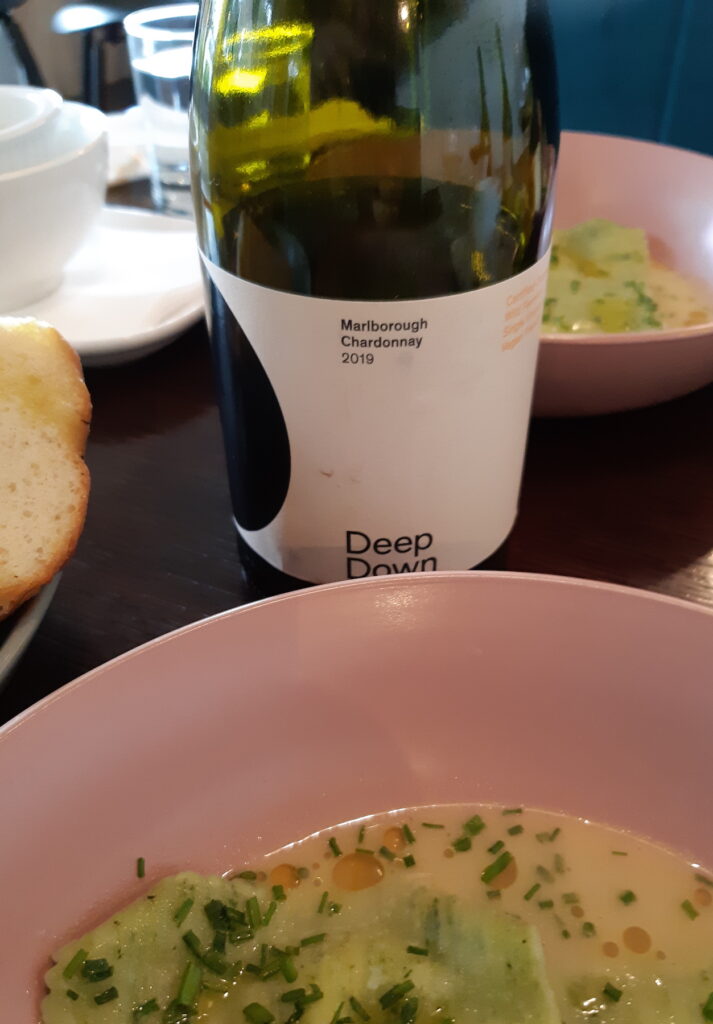
WF: Do you think of winemaking as Scientific or Artistic?
DD: I think we see it as a bit of both to be honest. The science plays an important part in understanding the safe parameters for putting wine into a bottle with as little additions as possible. The artistic part comes with the intuition and confidence to make a unique product that is also somewhat determined by destiny. This is what wine is in our minds. It can only be achieved in wine if the maker is able to visualise what is possible and most appropriate from the grapes during the season and at harvest.
WF: Is there a moment in the winemaking year where you just ‘get a feeling’ for what’s going on / going to happen?
DD: Most definitely, although I would say that picture is constantly changing through the season, and also through fermentation and elevage. We don’t have a rock-solid picture of what we are trying to achieve before or during that process. Our hands off winemaking determines that the vision is blurry until close to bottling, but the driving force and the given is that we are aiming for a delicious and authentic expression.
You are trying to offer a lens into the vineyard. What’s going to be really interesting this year – and when you grow grapes and make wine you have a really deep relationship with that wine. You can pour it and speak about it, and really feel it, with emotion. But you’re connected to that season, and so when people say “what were the great seasons?”… you’re like “oh in ’90 this happened, and then in ’88 we had a rainy February” – so you’re completely engaged in that season. The wines that come out of 2020 we are going to able to pour them and say “we picked this in the middle of Covid” and they’re going to have a reference point, because they don’t usually remember what happened in March.. but they’ll have a reference point to how they were feeling, what they were doing, how the weather was – because they were locked inside. They’ll have an emotional connection.
WF: Do you have your own vineyards? Winery? Plans for a Cellar Door? (I love a Cellar Door)
DD: We are lucky to work with three passionate growers who farm beautiful organic grapes for us and we have growth plans in place with each. At some point we will look at a vineyard, a spot with the right soils and mix of varietals but this is a way off. A cellar door would be a natural add on, possibly with a food offering as we both love cooking. I think there’s definitely an opportunity if you could have a winery, with a vineyard and a farm, and orchard and a chef in house, and people could come, taste the wine, pick fruit. People are looking more and more for that.
Trying to build a premium retail brand is very difficult without a Cellar Door. Why would somebody buy us instead of Mt Difficulty or Craggy range? We’ve been in the wine world so long – both over twenty years each, in different parts of the market. And, it’s a restaurant wine. La Fuente, Apero, O’Connell St Bistro, Cibo etc .. are doing it by the glass. The game plan is to work with good humans and offer honest, organic wines with little or no additives. Its a long road ahead but we plan to have fun along the way!
WF: What trends have you noticed? What do think is next for New Zealand wines? Do you have specific plans?
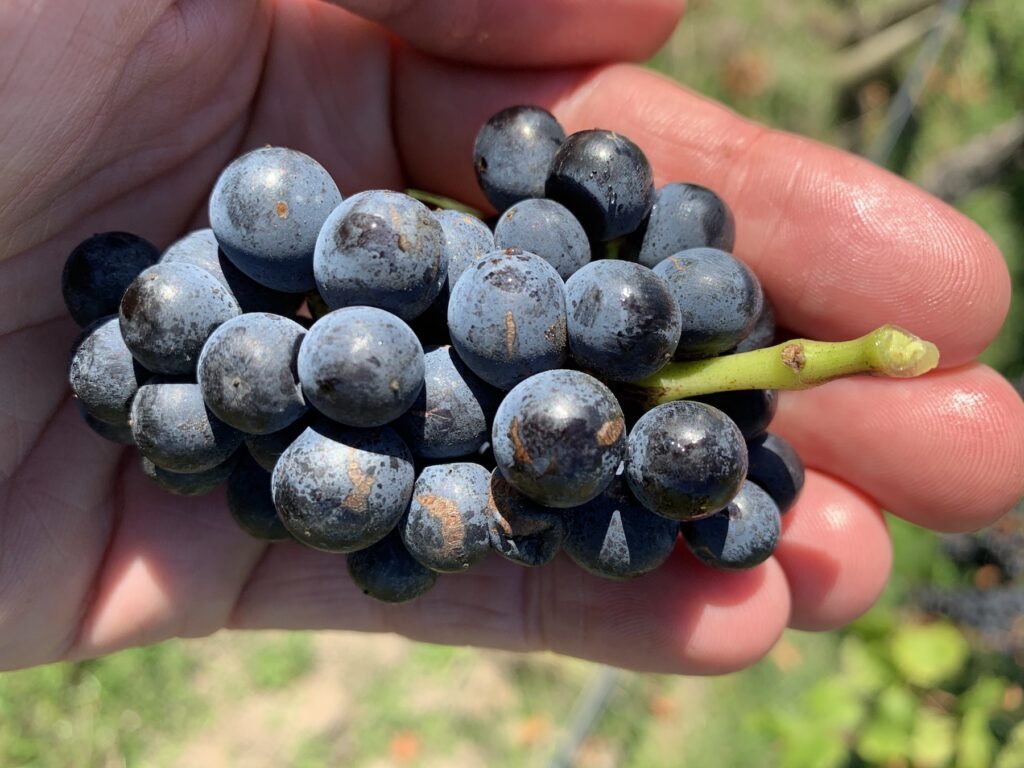
DD: More organics, from small and large companies. Hopefully more transparency from all …
As we have just launched we don’t have a plan to change much in the short term. Maybe Syrah, maybe a Pinot from friends in another region. In regard to NZ, it’s important to keep experimenting and diversifying but not forget what we have planted. Moving organic and keeping premium is absolutely key.
So when we got together we knew lots of people who do a Reserve Sauvignon Blanc that’s very wood influenced, high solids, wild ferment, but it doesn’t look like a classic Marlborough Sauvignon Blanc. The sommeliers struggle, because Sauvignon Blanc drinkers are like ‘that’s not Sauvignon Blanc’ and the Chardonnay drinkers say “I don’t drink Sauvignon Blanc”, so you’re stuck between a Rock and a Hard Place.
That said, it’s really important to keep evolving and aged reserve SB’s are offering incredible drinking and starting new conversations which is important for the region. We wanted to build a wine that’s got great balance, turn the fruit volume down, using old puncheons, but about 60% stainless as well. Then let it go through malolactic, and then you’ve got a wine that doesn’t taste like it’s creamy and rich because it’s still got that nice pointy acid. But nothing kind of stands out?
We looked at various sites in Marlborough and this is from the base of the Southern Valleys, near the Villa Maria winery, so nice silty soils, free draining. The clay soils are great but they’re high concentration, quite structured, and we wanted some finesse. On the gravels you can get high acid – big bolshy characters, but we got beautiful organic fruit and did as little as possible to it.
When we talked about quality, you said ‘delicious’ – and we have a hierarchy – Number 1 is delicious. No.2 is to do as little as possible.

